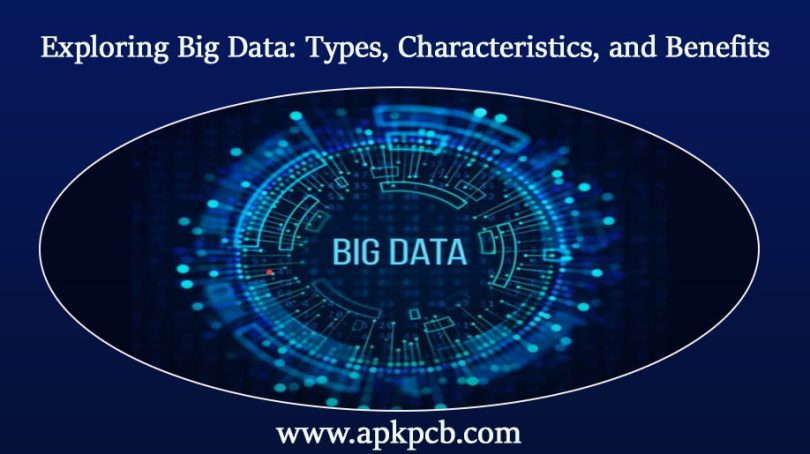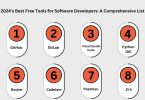Introduction
The term “big data” has significantly increased in use in today’s data-driven environment. The goal of this essay is to give readers a thorough grasp of big data by examining its definition, examples, types, properties, and the advantages of processing it correctly.
Data
Data is a general term for information that may be gathered, saved, and evaluated. It takes many different forms, including text, statistics, photos, and videos, and forms the basis for decision-making in a variety of businesses.
Big Data
Big data refers to expansive and intricate datasets that are more complex than what can be handled by conventional data processing techniques. It includes quantity, speed, and variety. Advanced tools and procedures are needed to derive useful insights from massive data.
Example of Big Data
Social media networks are a well-known example of big data. By posting, uploading, and interacting, users produce a large amount of data. Businesses may improve user experiences, personalize marketing campaigns, and understand customer sentiments by analyzing this data.
Types of Big Data
Big data can be categorized into three types:
1. Structured Data: Well-organized and formatted data that fits traditional databases. It has a predefined schema, making it easily searchable and analyzable.
2. Unstructured Data: Data lacking a specific structure or predefined format. Examples include text documents, social media posts, multimedia files, and sensor data. For analysis, sophisticated methods like machine learning and natural language processing are required.
3. Semi-structured Data: Data that falls between structured and unstructured data. It is arranged or classified to some extent, but it lacks the rigidity of structured data. XML files, JSON data, and log files are a few examples.
Characteristics of Big Data
Big data is characterized by the following features:
1. Volume: It involves an enormous amount of information that surpasses traditional storage and processing systems.
2. Velocity: Data is generated and processed at an unprecedented speed, necessitating real-time or near-real-time analysis.
3. Variety: It encompasses diverse data types, including structured, unstructured, and semi-structured data from various sources.
4. Veracity: Ensuring data quality is crucial, as big data often contains incomplete, noisy, or unreliable information.
Benefits of Big Data Processing
Big data processing has various advantages, including:
1. Improved Decision-Making: Big data analysis reveals patterns, trends, and correlations that could otherwise go missed, giving decision-makers important information to consider.
2. Improved Operational Efficiency: Analyzing large volumes of data helps identify inefficiencies, optimize processes, and enhance overall operational performance.
3. Personalized Experiences: Understanding customer preferences and behavior enables the delivery of tailored products, services, and personalized marketing campaigns.
4. Innovation and Research: Big data fuels innovation by providing researchers and scientists with vast amounts of information for developing new technologies and making groundbreaking discoveries.
Conclusion
As data volume and complexity continue to grow, understanding and effectively leveraging big data becomes vital for organizations. By harnessing the power of big data, businesses can make informed decisions, improve operational efficiency, deliver personalized experiences, and drive innovation and research.








